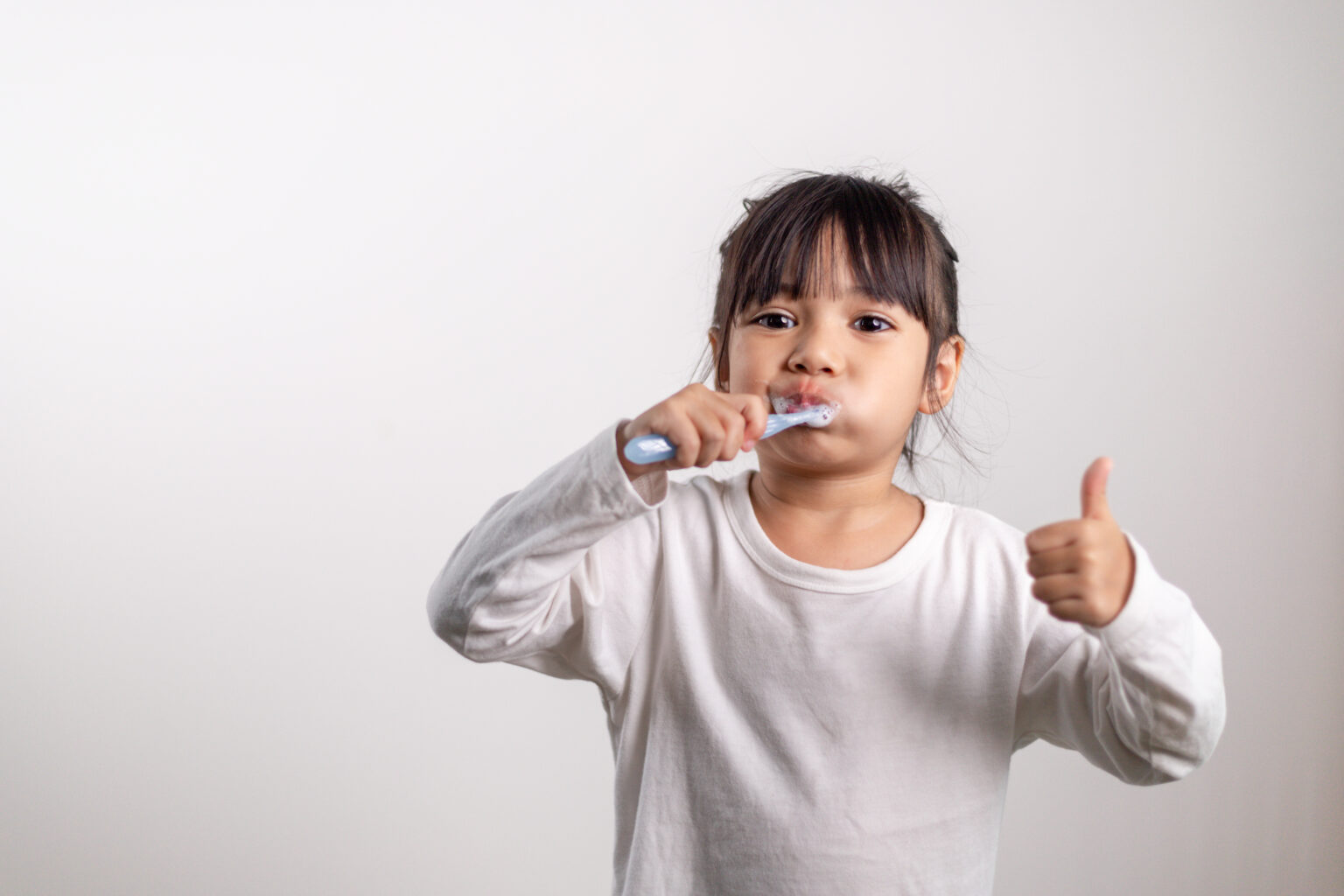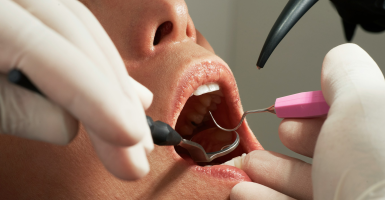Introduction:
Children’s dental care is a vital aspect of their overall well-being, yet there exist several misconceptions that can lead parents astray. In this blog, we aim to unravel these myths and present accurate information to guide parents in providing optimal dental care for their children.
Myth #1: Baby Teeth Are Disposable
A common misconception is that baby teeth are expendable since they eventually fall out. In reality, baby teeth serve crucial functions in speech development, proper chewing, and maintaining space for permanent teeth. Neglecting baby teeth can lead to complications in oral development and impact a child’s overall health.
Myth #2: Dental Visits Can Wait Until All Teeth Emerge
Delaying a child’s first dental visit until all teeth are present is another misconception. The American Academy of Pediatric Dentistry recommends the first dental visit by the age of one or within six months of the first tooth eruption. Early visits help detect potential issues and establish good oral hygiene practices from an early age.
Myth #3: Cavities in Baby Teeth Are Inconsequential
Some believe that cavities in baby teeth are inconsequential, assuming they will be replaced by adult teeth. However, untreated cavities can lead to pain, infections, and complications affecting a child’s overall health. Healthy baby teeth are crucial for proper jaw development and alignment of adult teeth.
Myth #4: Fluoride Is Harmful to Children
There’s a misconception that fluoride poses risks, particularly for young children. Contrary to this belief, fluoride is essential for preventing tooth decay, strengthening enamel, and reducing cavity risks. Using fluoride toothpaste in the appropriate amount, as recommended by dental professionals, is safe and beneficial for children.
Myth #5: Delay Brushing Until Children Can Spit
Some parents postpone introducing toothbrushing until their child can spit out toothpaste, fearing its ingestion. However, using a small amount of fluoride toothpaste on a child’s toothbrush is safe, even if they can’t spit it out. Early teaching of proper brushing habits is crucial for maintaining good oral hygiene.
Myth #6: Thumb-Sucking and Pacifiers Are Harmless
While common in infants, prolonged thumb-sucking or pacifier use can impact dental development. Extended habits may lead to teeth misalignment or changes in the mouth’s roof. Parents should monitor and assist children in breaking these habits at an appropriate age.
Conclusion:
By dispelling these prevalent misconceptions about children’s dental care, we empower parents to make informed decisions. Regular dental check-ups, encouragement of proper oral hygiene practices, and understanding the significance of baby teeth contribute to a child’s lifelong oral health. In arming ourselves with accurate information, we pave the way for healthy smiles and optimal dental well-being in our children.










